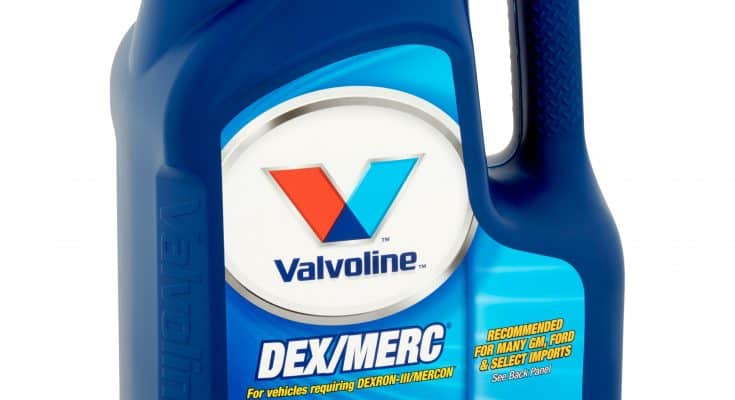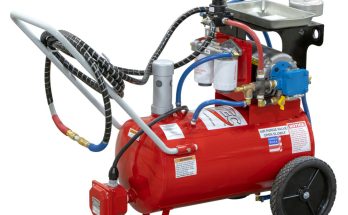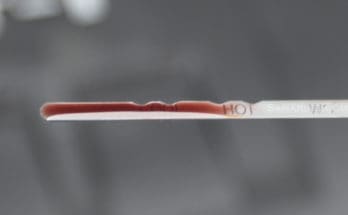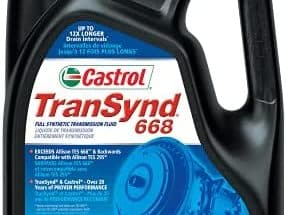- Price For: Each Standards: ASTM D2896 D-445/D5950/D6749 Item: Automatic Transmission Fluid Type: Dex/Mer Size: 1 gal. Viscosity (SUS @ 100 F): 7.3 Flash Point (F): 360 Pour Point (F): -42 Container Type: Can Country of Origin (subject to change): United States
Dexron 3 transmission fluid is one of the most commonly used transmission fluids in recent history. Throughout the mid 1990s to early 2000s, Dexron 3 is a General Motors (GM) based transmission fluid that was used in many applications, and today is readily available as Dexron III / Mercon (Dex/Merc).
During its standalone run as Dexron 3, there were a few variations of the fluid such as:
- Dexron III(F): Released in 1994 – designed for better friction stability, more high temp oxidation stability, and better material compatibility.
- Dexron III(G): Released in 1998 – designed as a “synthetic blend” and addressed previous shortcomings of Dexron 3(F) fluid. Dex 3 (G) is suitable for power steering systems and other hydraulic systems.
- Dexron III(H): Released in 2003 – redesigned with an additive package with an upgraded friction modifier which allowed for longer fluid life and less frequent maintenance intervals.
Dexron 3 Transmission Fluid Questions
Is Dexron 3 Discontinued?
Dexron 3 is not discontinued, but is now labeled as Dex/Merc.
What Is The Best Dexron 3?
The best Dexron 3 transmission fluid is highly subjective, especially now. All Dex 3 or Dex / Merc transmission fluid uses the same standards, so is is consistent from brand to brand. It’s often recommended to use a brand name Dexron 3 such as Castrol, Valvoline, etc., but as long as the fluid meets specifications, it’s fine to use.
Many people will use their local auto parts store’s house brand labeled Dexron 3 without any issue.
What Transmission Fluid Replaced Dexron 3?
Dexron III was replaced by Dexron VI (Dex 6) in 2006.
What Year Did Dexron 3 Come Out?
Dexron 3 transmission fluid was introduced in 1994 as Dexron III (F) and was used until Dex 6 was released in 2006.
What Is The Difference Between Dexron III and Mercon V?
Dexron III and Mercon V are similar types of transmission fluids with almost the same specifications. Because of this, the two are considered interchangeable which is why aftermarket fluid manufacturers developed Dex/Merc
- Formulated with premium base stocks and advanced additive technology to meet the challenging demands of automatic transmissions
- Enhanced anti-shudder protection for smooth shifting and maximum power transfer
- Developed with anti-wear technology to help improve transmission durability
- Engineered with a proprietary blend of base oils and advanced additives to provide better oil flow at low temperatures and greater film protection at higher temperatures
What Is The Difference Between Dexron 3 and Dex/Merc?
There is no significant difference between Dexron 3 and modern Dex/Merc transmission fluid. Because General Motors no longer licenses Dexron 3, Dex/Merc was developed by aftermarket transmission fluid manufacturers to meet Dexron 3 standards
What Is The Difference Between Dexron 3 and Dexron 6?
The main difference between Dexron 3 and Dexron 6 is that Dexron 6 is a synthetic fluid and Dexron 3 is not. Dexron 6 has more up to date fluid properties which allows for a longer fluid life and is much better at dealing with higher temperatures. Since Dexron 6 is backwards compatible, you can use it in Dexron 3 applications.
Can Dexron 3 Be Mixed With Dexron 6?
In many cases, yes, Dexron 3 can be mixed with Dexron 6. Since Dexron 3 is used in older applications and Dexron 6 is “backwards compatible” you can use Dexron 6 in most Dexron 3 applications.
Depending on your situation, it would be best to use one or the other in your transmission. However, if your transmission’s recommended fluid is Dexron 6, you cannot use Dexron 3 in it.
Can Dexron 3 Be Used In All Automatic Transmissions?
While Dexron 3 is a highly used transmission fluid, no, it cannot be used in all automatic transmissions. It’s always best to consult your vehicle’s owners manual to learn what transmission fluid is recommended for your application.
Can Dexron 3 Be Used As Power Steering Fluid?
Yes, it is common for transmission fluids such as Dexron 3 to be used as power steering fluid. The two fluids are similar and both work in power steering systems.
How Much Does Dexron 3 (Dex/Merc) Cost?
Dexron 3 or Dex/Merc is an inexpensive transmission fluid that can be found both online and locally at your favorite auto parts store. For more accurate Dexron 3 pricing, check out the links below!
- Price For: Each Standards: ASTM D2896 D-445/D5950/D6749 Item: Automatic Transmission Fluid Type: Dex/Mer Size: 1 gal. Viscosity (SUS @ 100 F): 7.3 Flash Point (F): 360 Pour Point (F): -42 Container Type: Can Country of Origin (subject to change): United States
Valvoline DEX/MERC ATF is a high-quality transmission fluid formulated to meet the challenging demands many automatic transmissions. Its responsive low-temperature fluidity is beneficial in both electronic and hydraulic controlled transmissions and transaxles.
Recommended for use in the following applications: MERCON, DEXRON-III, Ford M2C138-CJ and M2C166-H, Allison C-4 and TES-389, and Caterpillar TO-2. Product
Features:
Formulated with premium base stocks and advanced additive technology to meet the challenging demands of automatic transmissions. Enhanced anti-shudder protection for smooth shifting and maximum power transfer.
Developed with anti-wear technology to help improve transmission durability Engineered with a proprietary blend of base oils and advanced additives to provide better oil flow at low temperatures and greater film protection at higher temperatures.






